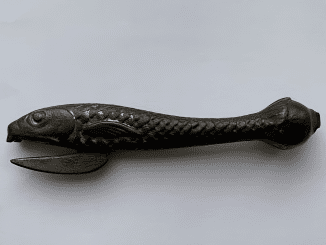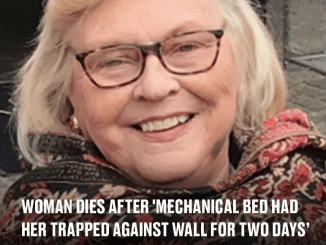Have you ever looked at a picture and struggled to distinguish between the real and the fake? Optical illusions and realistic replicas can easily trick the human brain, making it difficult to determine what’s real and what’s not. Today, we present you with a fun and challenging puzzle: Which one is the real dog?

Common Mistakes People Make When Solving This Puzzle
When faced with a challenge like this, many people rely on their instincts rather than carefully analyzing the details. Here are some common mistakes:
- Assuming expressions determine reality – Some might think that a smiling dog must be real because it looks lively, but even plush toys can be made to appear expressive.
- Focusing on overall appearance instead of specific details – The fur, eyes, and mouth may look very realistic, making it easy to mistake a toy for a real dog.
- Overlooking small inconsistencies – Sometimes, people ignore tiny details, such as fur texture, shadows, or slight differences in eye reflection, which can reveal the truth.
If you made any of these mistakes while solving the puzzle, don’t worry—you’re not alone! Many people struggle with similar challenges. Now, let’s break it down step by step and uncover the real dog.
Step-by-Step Guide to Solving the Puzzle
Let’s analyze the image carefully and identify the real dog by examining specific features.
Step 1: Look at the Eyes
The eyes are often a great giveaway. Real dogs have deep, glossy eyes that reflect light naturally. Meanwhile, stuffed toys tend to have glass or plastic eyes, which may appear too perfect or slightly off in their reflections.
- Dog #1: The eyes look shiny, but they lack depth and appear to be plastic.
- Dog #2: The eyes have a natural sparkle, appear moist, and show a realistic depth.
- Dog #3: The eyes are very small and uniform, making them look artificial.
- Dog #4: The eyes look somewhat glossy but lack a natural texture.
Verdict: Dog #2 has the most realistic eyes.
Step 2: Observe the Fur Texture
Stuffed toys often have synthetic fur that appears uniform and too smooth, whereas real dogs have fur with natural variations, layering, and movement.
- Dog #1: The fur looks smooth but too even in texture.
- Dog #2: The fur has a natural fluffiness with some inconsistencies, which is typical of a real dog.
- Dog #3: The fur is too short and even, making it look artificial.
- Dog #4: The fur looks plush but lacks the messiness of real dog hair.
Verdict: Dog #2’s fur looks the most natural.
Step 3: Analyze the Mouth and Teeth
A real dog’s mouth has moist lips, a flexible tongue, and natural teeth. Plush toys often have fixed, plastic mouths that lack movement.
- Dog #1: The mouth appears slightly rigid and not flexible.
- Dog #2: The tongue looks soft and moist, and the mouth curves naturally.
- Dog #3: The mouth is too small and stiff-looking.
- Dog #4: The mouth seems slightly open but lacks realistic details.
Verdict: Dog #2’s mouth has the most natural appearance.
Step 4: Check for Natural Poses and Shadows
Real dogs sit in relaxed, natural positions, while plush toys may have more rigid or symmetrical postures. Additionally, shadows can help reveal depth and movement.
- Dog #1: The sitting position is slightly too perfect.
- Dog #2: The dog’s posture looks relaxed and organic.
- Dog #3: The dog appears too small and uniform.
- Dog #4: The toy looks somewhat stiff and symmetrical.
Verdict: Dog #2 has the most natural posture and shadowing.
Final Conclusion:

After analyzing the eyes, fur, mouth, and posture, the answer is clear—the real dog is Dog #2! If you guessed correctly, congratulations! If not, don’t worry; this was a tricky challenge, and now you’ve learned how to sharpen your observation skills.
Join the Conversation!
Now that you know the answer, we’d love to hear from you! Did you guess correctly, or were you tricked by one of the plush toys? Share your thoughts in the comments below!
Also, if you enjoyed this puzzle, challenge your friends and family to see if they can spot the real dog.
Want to test your observation skills even more? Try solving similar puzzles and see if you can improve your ability to spot details! The more you practice, the better your brain becomes at recognizing patterns and identifying what’s real.
Stay curious, keep challenging yourself, and most importantly—have fun!


